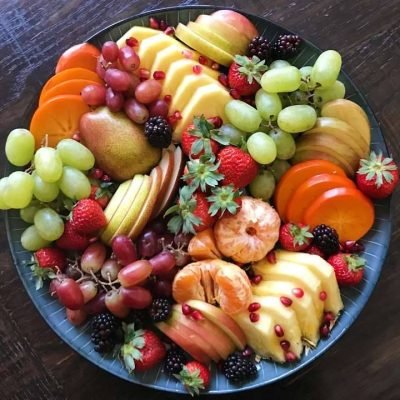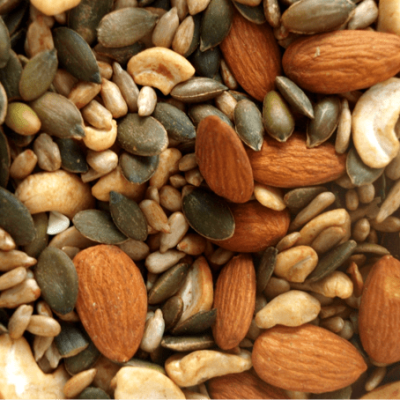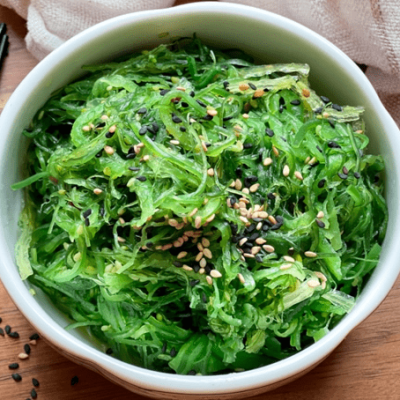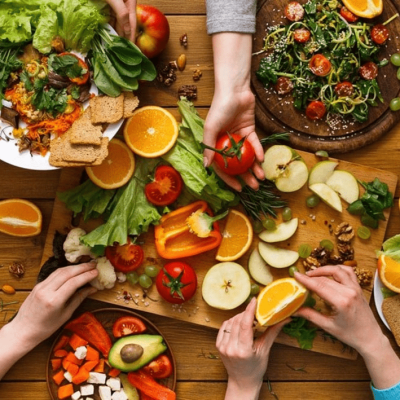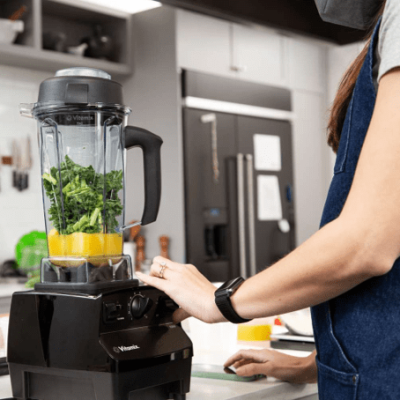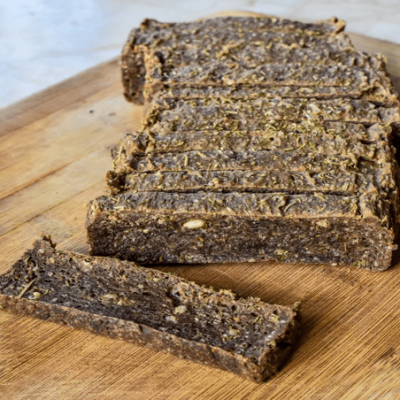Living Kitchen
*Living food Prep *REcipes *Growing
Communitarians seek daily to align their food choices and way of receiving nourishment to feed and strengthen their bodies with their ethics and goal to live lightly and intelligently upon the earth, while sharing and caring for each other, for animals and the earth itself. It is upon these principles that Living Kitchens are designed and commissioned to carefully and consciously, supply the conduits of evolved thought, word and deed, in practical sustainable ways.
Within the communal unions as well as the outreach educational and wider community feeding programs, Living Kitchens demonstrate ‘Love’ in action that encompasses care, compassion, consideration and practical support for people, animals and planet.
Living Kitchens are seeds for change – change that marries the highest conscious ethics with respect and reverence for all living creatures, great and small.
Within Living Kitchens there is no elaborate equipment. Instead Living Kitchens are an extension of the garden where many of the fruits and greens are grown, and picked fresh minutes before a meal.


